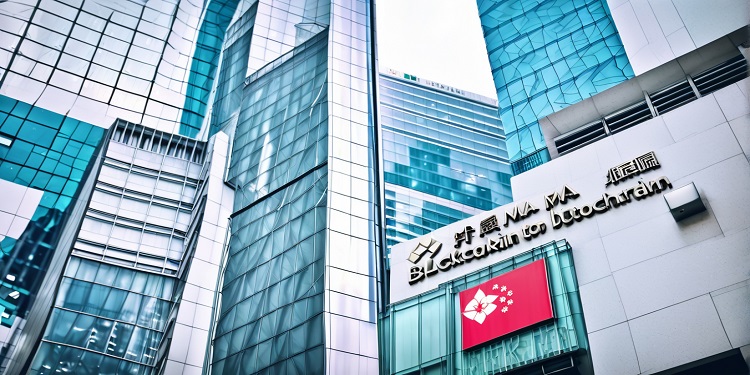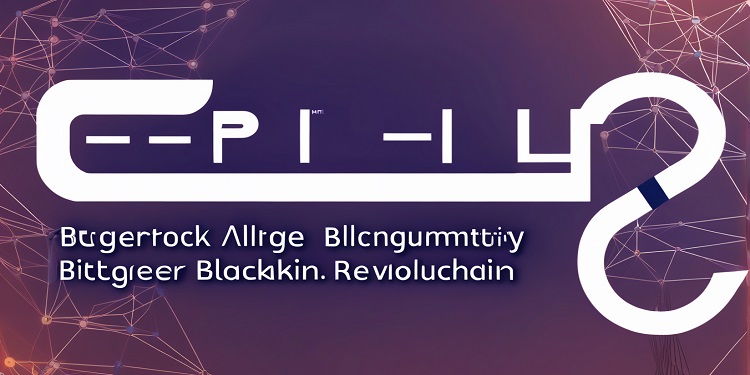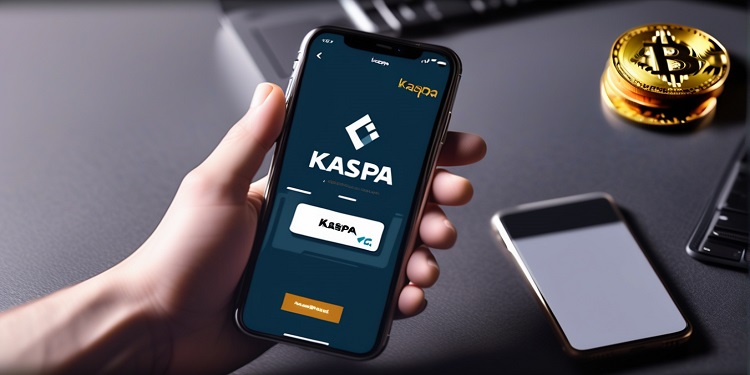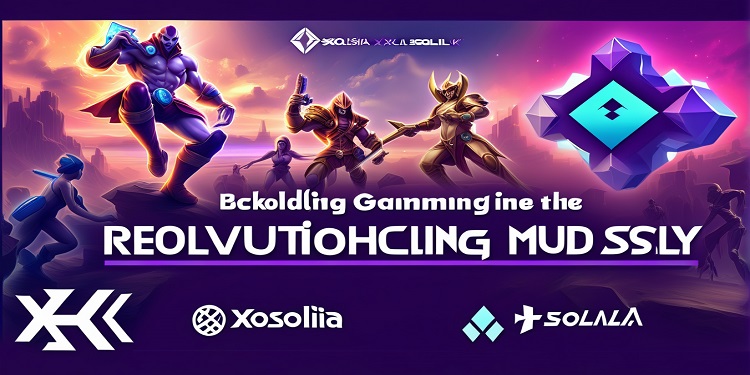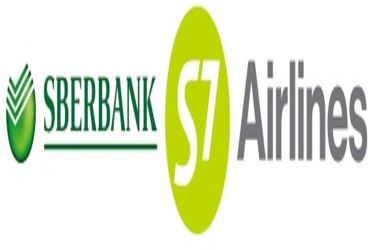 Beginning this week, clients purchasing coffee at Starbucks coffee shop throughout the US will be able to scan the QR code provided on the bags to learn the origin of beans, roasted place and valuable brewing tips from Baristas, stated Michelle Burns, Senior Vice President of global coffee, cocoa and tea.
Beginning this week, clients purchasing coffee at Starbucks coffee shop throughout the US will be able to scan the QR code provided on the bags to learn the origin of beans, roasted place and valuable brewing tips from Baristas, stated Michelle Burns, Senior Vice President of global coffee, cocoa and tea.
A code will also be sent to farmers for being aware of the final destination of the coffee beans they produce.
The latest blockchain technology based tool, created by Microsoft Corp., facilitates Starbucks to distribute tracking info that is being collected for over a decade, to clients. It will assist the company to lure young customers who are concerned about sustainability.
Many of those young customers usually purchase from small shops where coffee is roasted in-house.
Burns issued the following statement before the rollout:
“We have been able to trace every coffee we buy from every farm for almost two decades. That allowed us to have the foundation to now build a user-friendly, consumer-driven tool that certainly provides that trust and confidence to our customers that we know where all of our coffee comes from.”
Millennial shoppers/consumers are increasingly becoming inquisitive about origin of food, the way it was grown and application of ethical and sustainable practices.
That has pushed many food companies and agro traders across the globe to implement technologies that guarantee transparency about supply chains.
In 2019, coffee roasters such as J.M.Smucker Co. and Jacobs Douwe Egberts took part in a blockchain program, created in partnership with International Business machines Corp. Farmer Connect, a startup firm aided by Swiss coffee trading firm Sucafina SA, is assisting firms to track the origin of the beans being purchased and sold, in addition to the prices across the supply chain.
There are multiple challenges in tracking the entire coffee chain. During transit, beans can easily get mixed up. So, Starbucks had to ensure tracking right from the place where it is grown.
Furthermore, the farming group or association that delivered the beans to a particular washing facility or even down to a single farmer who delivered straightaway needs to be tracked.
Commenting on the process, Michelle Burns said “We go as deep as we can.” She further stated that Starbucks will have the ability to monitor beans it purchases from traders as receipts are necessary for all dealings.
Farmers will also gain access to the tool. And it doesn’t necessitate the need for a smartphone or camera for that purpose. Access to the tracking website is possible from any desktop or laptop by manually inserting a code.
The process will enable farmers, irrespective of whether they are small agriculturalists in African countries such as Rwanda or Ethiopia, or large farmers in Brazil, to have an idea about the final destination of the beans.
Burns said “What they told us is they didn’t know where their coffee went, what blend it went to.”
The tool cannot be used to learn details of Starbucks coffee bought outside their chain or on a cup wise basis. When queried whether the coffee-chain operator has any intention to include such features, Burns said “We are just getting started.”

